Nutrition plays such an important role in our pregnancies and post-partum periods. Breastfeeding requires time…

Mighty Multifidus (Mull-ti-fi-duh-ss) Muscles
Let’s give some attention to one of the workhorse muscles of the spine that seem to get ignored—A LOT. The small but mighty multifidus.
The multifidus muscles are the deepest of our back muscles and attach from the transverse process of one vertebra to the spinous process of another. Meaning, they span from one vertebra to the next like small struts or guide wires keeping the segments stable. These muscles run the entire length of our spine but are the largest and most developed in the sacral and lumbar regions.
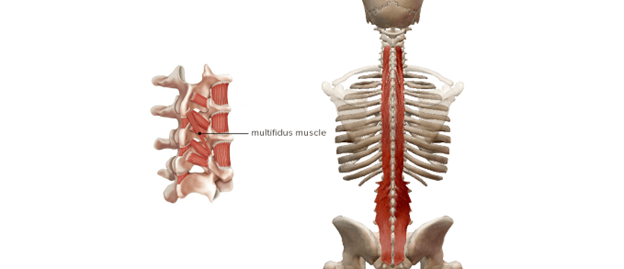
The multifidus muscles work together with the transverse abdominus (deepest layer of abdominal muscles) and are connected to the deep core via the thoracolumbar fascial plane (thick connective tissue in the back). In fact, these two muscle groups are so intertwined, that researchers have found that dry needling or releasing trigger points in the multifidus improves the ability of the transverse abdominus to fire! Trigger points in the multifidus can decrease the ability for our core to work at its best potential. Trigger points here can also mimic nerve root pattern pain and can often be mis-diagnosed as sciatic nerve pain or radiculopathy.
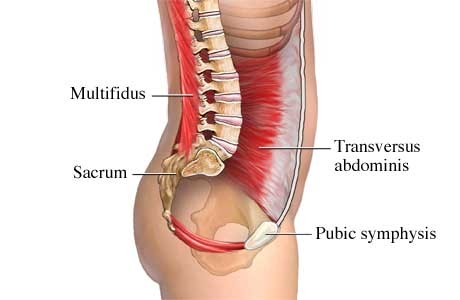
The multifidus muscles are postural muscles and help to stabilize the spine in all upright activities. Without the multifidus, we have decreased stability in our spine which can lead to back pain and decreased strength overall. They also help to extend and to rotate the spine. With their connection with the deep core, the multifidus plays a key role in trunk stability and coordination with the abdominal wall and the pelvic floor muscles.
Working as a team the transverse abdominus, the pelvic floor, diaphragm, and the multifidus work to provide spinal and pelvic stability. How do we train these workhorses to get back in the game? Here are a few of my favorite exercises to start. The key is these are all gentle exercises. No arching your back or holding your breath. Imagine filling a balloon up between your vertebrae or creating space.
Seated facing a table or desk, push your hands gently up into the table. You are just meeting the table resistance. If you are arching your back or holding your breath, back off. Notice the sensation in your low back, again a gentle tension should be noticed.
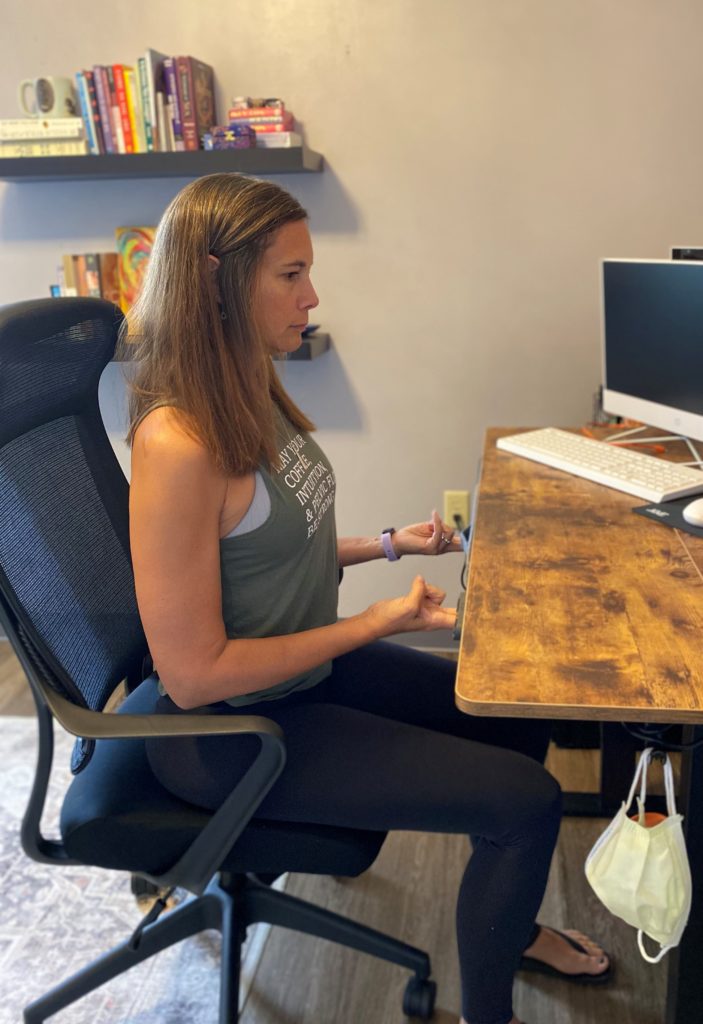
Face a doorway, place both hands on either side of the wall. Again, gently push into the wall and then imagine lifting the wall up with your hands. This helps to train the extension part of the multifidus muscle activation.
In the same position, gently push one hand into the wall and then the other. Alternate back in forth without letting your trunk rotate. This helps to train the rotation part of the multifidus muscles.
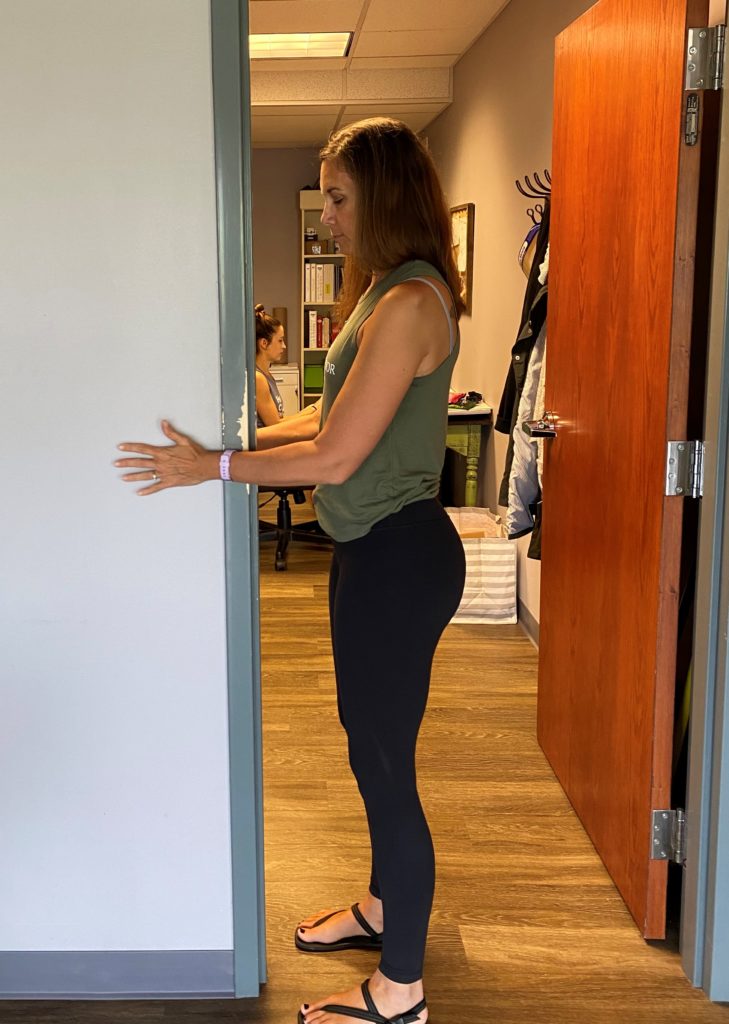
Laying on your side with your trunk straight and knees bent, gently lift your top knee up like a clam. Don’t let your pelvis rotate back. All about stability again.
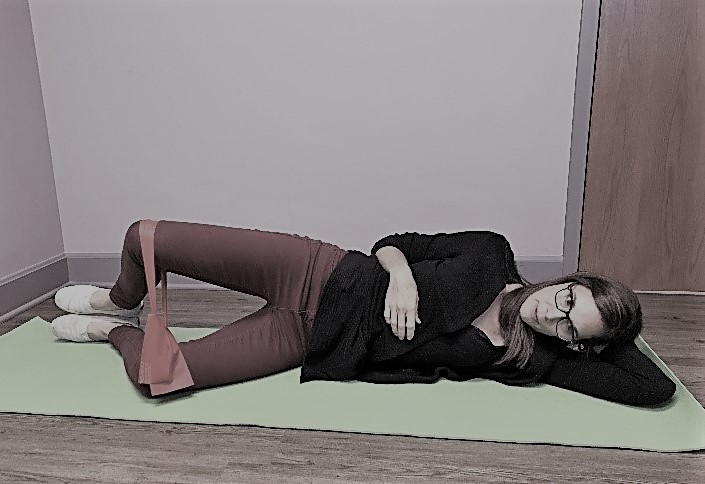
Lay on your back. Do your pelvic brace. Gently lift one knee up and bring back down. Repeat with the other side. Keep your back stable with your pelvic brace.

These amazing muscles can often be overlooked, particularly when it comes to a situation of too much tension or trigger points in them. They often are strengthened a ton, but not considered to be a pain source for back or lower leg pain. Finding a PT who is knowledgeable in myofascial trigger point and how to release them is so important. Often Dry Needling is a great tool for reaching these deep trigger points and release them, as you retrain them to work alongside the rest of the core.
Our providers are trained in pelvic floor and the core and are excellent at getting to the root of the issues. We use manual therapy, dry needling, dynamic stretching and functional movement strategies to get you moving and feeling well!
Click Here to schedule a free 15 minute phone consultation




